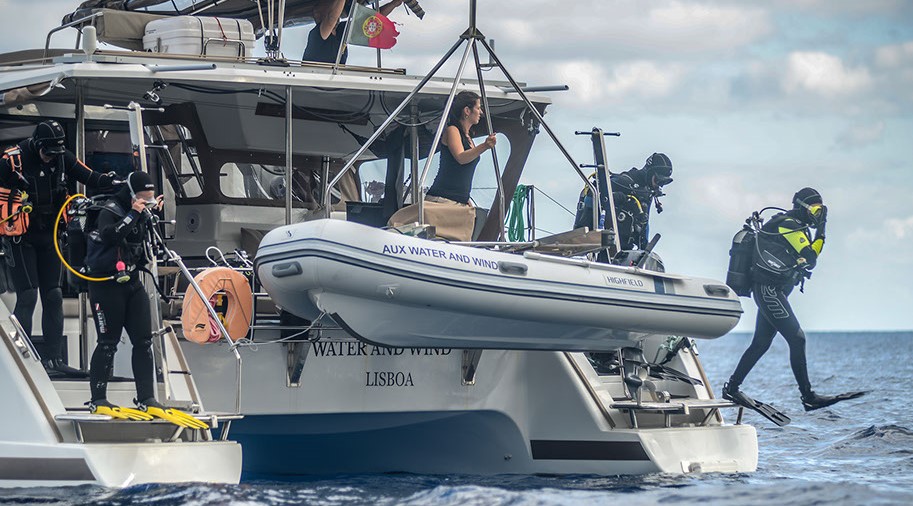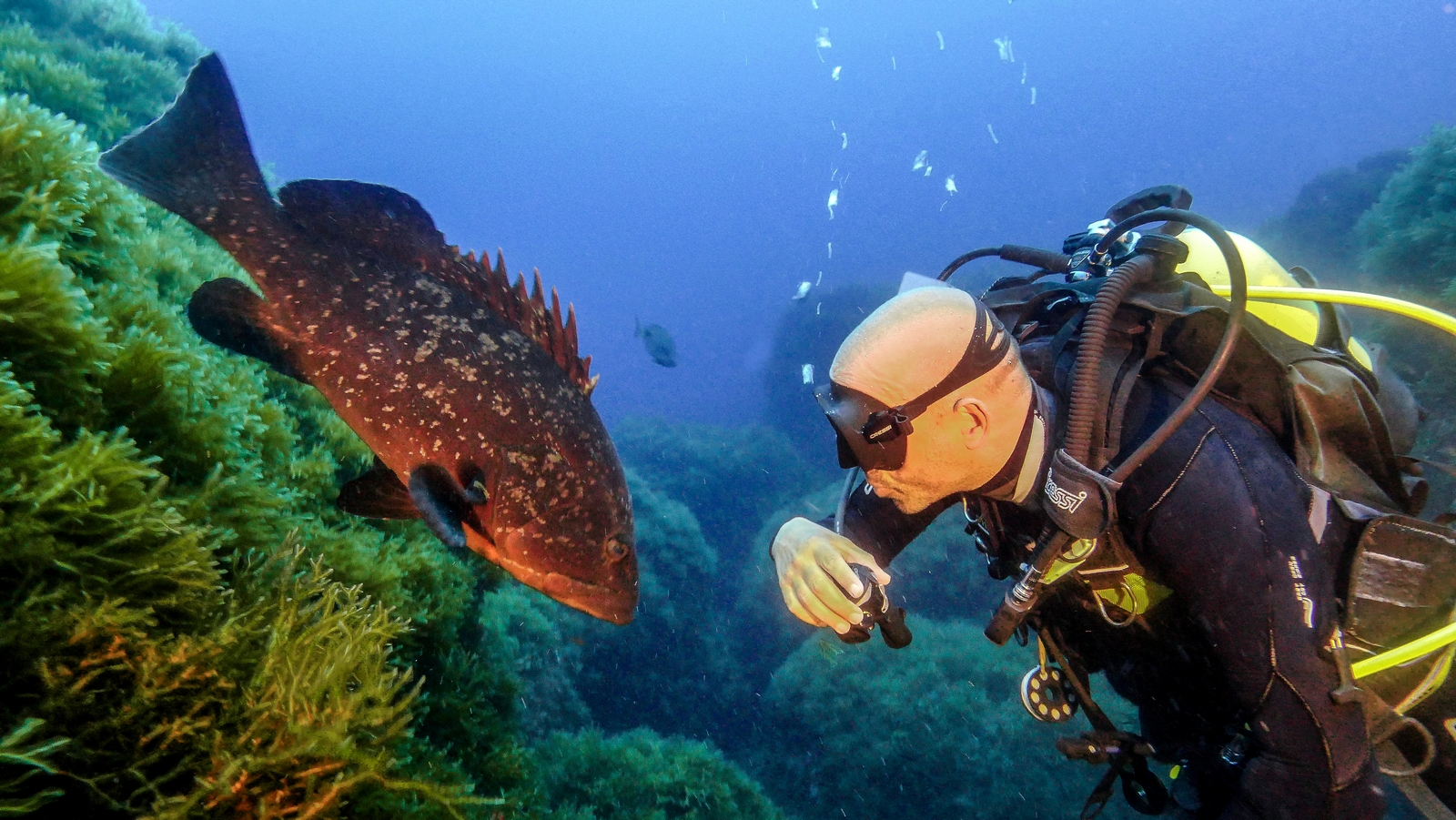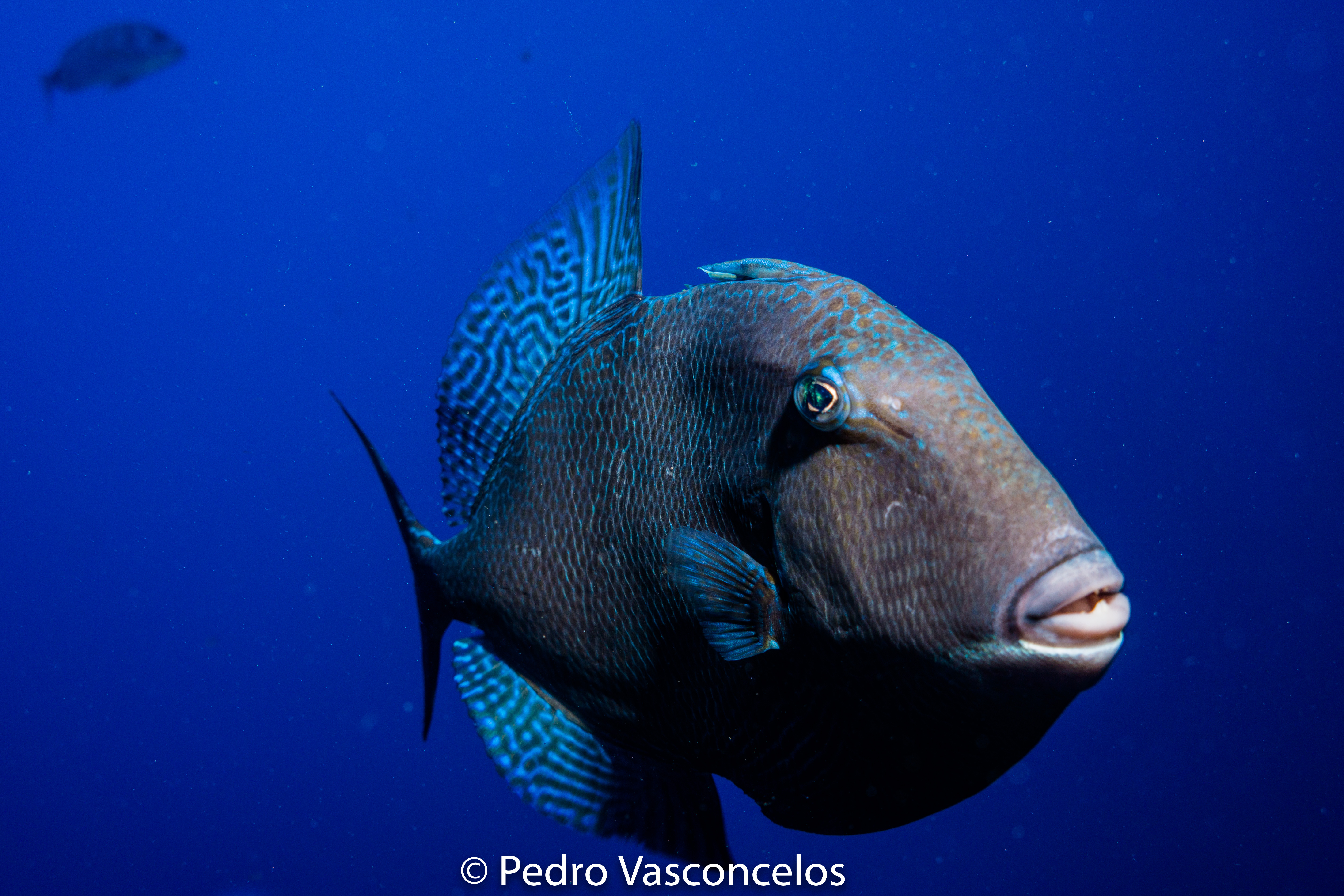GUIDE TO THE AZORES

WHY DIVE AZORES?
When thinking about pelagic life, most think about the Caribbean and Asian waters, with countless pelagic fanatics flocking there each year. Most don’t think about European waters like the Azores, an autonomous Portuguese territory consisting of nine islands located 1500 km west of the mainland. The Portuguese-speaking territory has stunning white-sand beaches and some of the most mesmerizing sites in the Atlantic.
ARRIVING AT AZORES - HOW TO GET THERE
Guests arrive in the Azores through the airport Ponta Delagada, located on São Miguel Island. From North America, visitors can fly in from Boston, Toronto, or through most European cities. The flight is usually around 4-5 hours. The other eight islands can be accessed through local flights. Guests can also take ferries between the islands, but the schedules can be inconsistent outside of the summer season.
DIVING IN AZORES
As a pelagic hotspot, guests often spot blue sharks, whale sharks, mako sharks, mobula rays, and manta rays in the Azores with rare sightings of Galapagos or smooth hammerhead sharks. Resident and migratory whales can be seen breaking through the water’s surface, usually during excursions to Pico of Faial in May. Other creatures include crustaceans, cetaceans, yellowmouth barracuda, amberjacks, gully jacks, Atlantic bonito, wahoo, skipjack tuna, bigeye tuna, large groupers, sponges, crusting anemones, moray eels, octopus, nudibranchs, hermit crabs, and unicorn shrimp.
The Azores has a volcanic underwater landscape that differs from its tropical counterparts; instead of colorful corals, there are underwater canyons, caverns, and gullies. The underwater visibility is up to 40 meters and the water conditions are unpredictable. It is recommended to plan for boat cancellations due to weather. The water temperature is cooler than tropical waters, typically around 21ºC. A 7mm semi-dry suit with a hood and gloves is recommended.
.jpg)

TOP DIVE SITES
Princess Alice Bank is the most famous dive site in the Azores, located three hours from Pico of Faial. The water reaches 35-40 meters and has strong currents best suited for advanced divers. Groupings of up to thirty mobula rays can be spotted as well as blue sharks and the rare whale shark.
Off the eastern shores of São Miguel and Santa Maria are the seamounts of Dollabarat. Explorers often catch sightings of devil rays, mobula rays, Galapagos sharks, and even smooth hammerheads.
For those looking to stay closer to land, Ambrósio is another pelagic hotspot just 40 minutes from Santa Maria. During the summer, manta rays flock there, and the island has the most whale shark sightings. Just 10 minutes from Faial is Shrimp Cave with candy-striped unicorn shrimp. The site is accessed through a small underwater corridor. History fans can dive along to the SS Dori wreck off the south coast of São Miguel.
Liveaboards are also common in the Azores to explore secluded, offshore dive sites with endless pelagic life. When diving at these sites, it is essential that divers have control over their buoyancy and are prepared to face strong currents.
Read more about the Azores' dive sites here.

DIVE CONDITIONS AND WHEN TO VISIT
The dive season lasts from June to September with waters at their most calm and warm during June and August. The visibility is greater in September, although temperatures drop during this time. Overall, the water temperature ranges from 15ºC to 23ºC, and the air temperature ranges from 14ºC to 25ºC. The most rainfall is from October to March, and the air is consistently humid.
WHERE TO STAY
We recommend Water and Wind for your Azores liveaboard adventure. The 13-meter Fountaine Pajot catamaran is all-inclusive and hosts up to eight divers. The Azores-based itineraries explore the archipelago and Santa Maria Island.
Ready for your AZORES adventure? Book with us today!